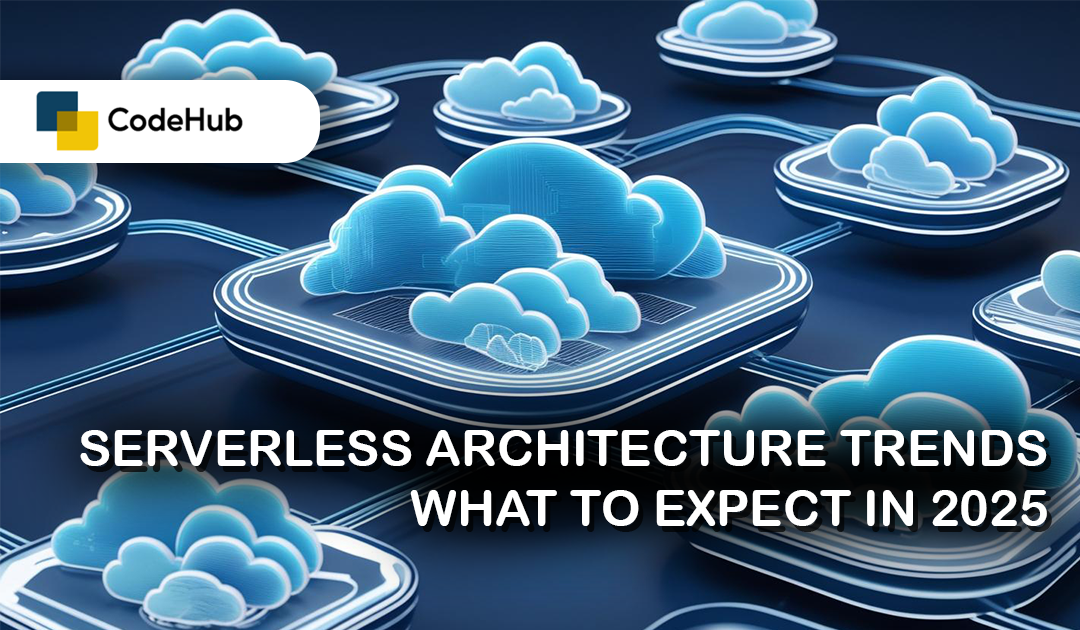Serverless computing has significantly evolved and become a go-to model for modern application development. In 2025, more organizations are adopting serverless due to its flexibility, scalability, and cost-efficiency. One major trend is the rise of multi-cloud strategies, where businesses use serverless services from various cloud providers instead of relying on a single one. This allows them to avoid vendor lock-in and choose the best tools for each part of their system.
Another key development is the integration of serverless with edge computing. This combination enables applications to run closer to users, resulting in faster response times and better performance. As the demand for real-time applications increases, this trend continues to gain traction.
Developer experience has also improved, with better debugging tools, local testing environments, and observability platforms. Developers now find it easier to build, test, and deploy serverless applications. Additionally, the growing popularity of event-driven architectures means that serverless functions can respond to a wide range of triggers, including HTTP requests, database updates, file uploads, and IoT signals.
Serverless computing promotes efficient resource use, and many cloud providers now offer tools to track and reduce the carbon footprint of applications. In 2025, serverless is not only about performance—it’s also about building greener tech solutions.
What do you think about the rise of serverless and edge computing? Is your organization moving toward this trend? Let us know in the comments! Would you like us to explore more topics like multi-cloud setups or green coding practices? Comment your thoughts below—we’d love to hear from you.

